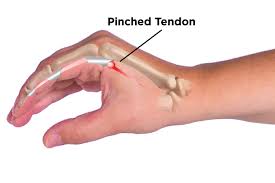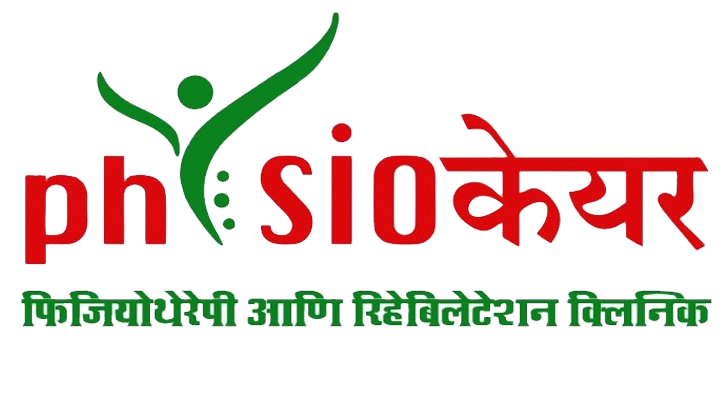Trigger finger is a type of tendinitis which develops in the tendons which
bend the fingers. It is a common problem because of the way that the hand
is made, which may be a little different than you would suspect.
It is a condition that causes pain, stiffness, and a sensation of locking or
catching when you bend and straighten your finger. The condition is also
called as “stenosing tenosynovitis.” The ring finger and thumb are most
often affected by trigger finger, but it can occur in the other fingers, as well.
Symptoms of trigger finger may progress from mild to severe and include:
• Finger stiffness, particularly in the morning
• As you move your finger there is a popping or clicking sensation
• At the base of the affected finger there is tenderness or a bump
(nodule) in the palm
• Finger catching or locking in a bent position, which suddenly pops
straight
• Finger locked in a bent position, which you are unable to straighten
• Trigger finger more commonly affects your thumb or your middle or
ring finger.
• More than one finger may be affected at a time, and both hands
might be involved.
• Triggering is usually more pronounced in the morning, while firmly
grasping an object or when straightening your finger.
Diagnosis & Treatment:
Diagnosis :Diagnosis of Trigger Finger doesn't require any detailed testing
that is No X-rays or lab tests are used to diagnose trigger finger.It is
diagnosed with a physical exam of the hand and fingers.In some cases, the
finger may be swollen and there may be a bump over the joint in the palm
of the hand. The finger also may be locked in bent position, or it may be
stiff and painful.
Treatment:
We at Physio Kare provide Physiotherapy which is usually very effective in
treating Trigger Finger. Wearing your splint full time will help to manage
trigger finger.
Physiotherapist will give you special tendon gliding exercises as part of your
treatment, which you need to complete daily.
• Pain relief
• Reduce stiffness
• Muscle strengthening
• Therapeutics to break adhesion

